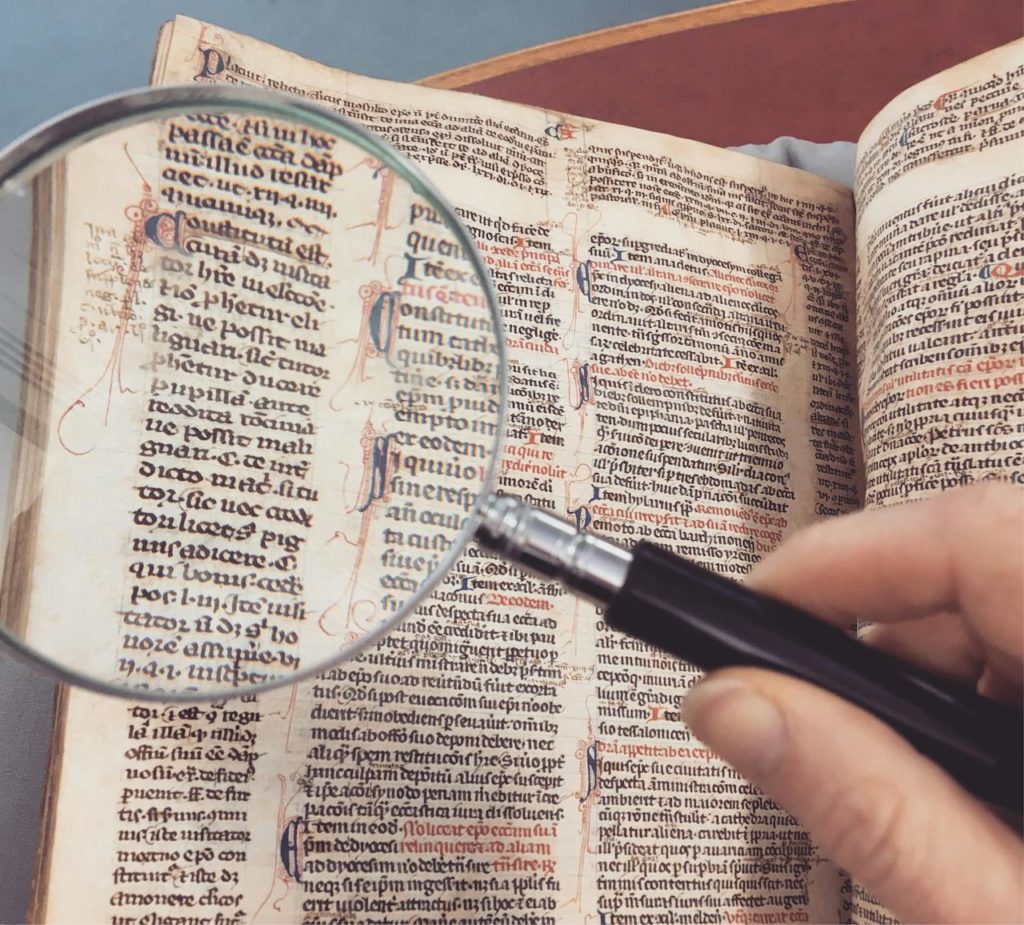Have you ever wondered how the Bible, a collection of writings from thousands of years ago, still exists for us to read today or how we can trust that its core message remains accurate? The answer lies in an intriguing blend of historical detective work and the study of ancient manuscripts. Let’s buckle up!

Understanding Textual Criticism
Textual criticism is the process scholars use to determine what the original biblical texts most likely said; think of it as assembling a large puzzle where some pieces come from different boxes. Researchers compare centuries-old handwritten copies (also called manuscripts) and look for variations; then they piece together the clues to reconstruct the earliest form of the biblical text. Their goal is to get as close as possible to the original words penned by the biblical authors.
- Compare Copies: Scholars examine thousands of ancient manuscripts to identify differences, such as spelling discrepancies or alternative phrasing.
- Piece Together Clues: By methodically comparing variants, they can discern which readings are most authentic.
- Reconstruct the Story: Although no single manuscript has all the answers, the combined evidence allows us to converge on a highly reliable text.
Why Are There Variations?
Before the invention of the printing press, copying biblical texts required painstaking manual transcription; it was natural for scribes to make occasional mistakes. However, because there are so many existing manuscripts—originating from various locations and historical periods—scholars can cross-reference these copies to identify errors or intentional alterations. Far from undermining trust in the Bible, these differences actually enhance its reliability: the abundance of manuscripts helps pinpoint and correct inaccuracies.
Core Messages Remain Unchanged
You might wonder whether these textual variants affect the foundational teachings of the Bible; rest assured, they do not. Scholars across diverse theological perspectives generally agree that no essential doctrine—regarding faith, morality, or the nature of God—is compromised by the minor differences found among manuscripts. In other words, the Bible’s message of love, justice, and redemption remains consistent across the many copies.
- Big-Picture Consistency: Themes such as compassion, moral integrity, and devotion to God shine clearly, despite minor textual nuances.
- Unaltered Doctrine: Variations generally involve small issues—like spelling or word order—and do not disrupt the Bible’s overarching storyline or theological truths.
Why Many Copies Matter
Interestingly, we do not possess an “original” Bible; if someone had changed the very first manuscript, it could have been hard to detect. Yet, because there are so many copies, a single scribal error or deliberate alteration stands out when compared with dozens (or hundreds) of other manuscripts. This creates a built-in mechanism for accuracy; scholars can detect textual anomalies by referencing the broader manuscript family.
- Safety in Numbers: The sheer volume of ancient texts ensures that mistakes are caught; it is easy to spot a lone variant among many copies.
- Community Safeguards: Attempts to rewrite or distort a passage fail when placed alongside manuscripts preserved in different regions and centuries.
What We Learn About History and Faith
Exploring the transmission of the Bible offers a remarkable window into history; it also highlights humanity’s dedication to preserving sacred writings. Far from being an arcane academic exercise, textual criticism demonstrates the resilience of the biblical narrative and underscores the communal effort required to maintain its integrity over millennia. The process reflects themes of collaboration, scrutiny, and faithfulness, reminding us that many hands have worked diligently to pass this text down through the ages.
When you hear about textual criticism or ancient manuscripts, think of it as an ongoing detective story that unfolds across centuries; it is the story of how countless scribes, scholars, and faith communities have sought to preserve the Bible’s central message for new generations. By comparing multiple copies, studying small variations, and focusing on the unchanging core teachings, we can appreciate the Bible’s remarkable journey from ancient scrolls to the printed and digital versions we read today.they’ve been on to get to us today!







